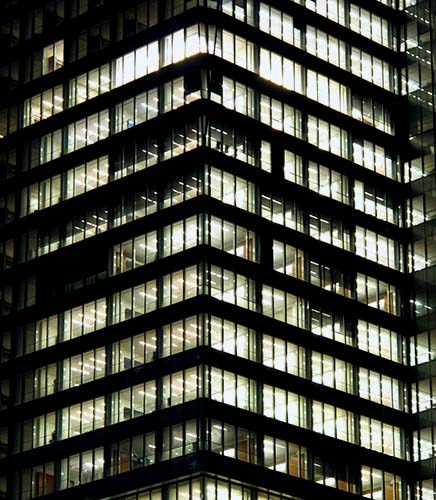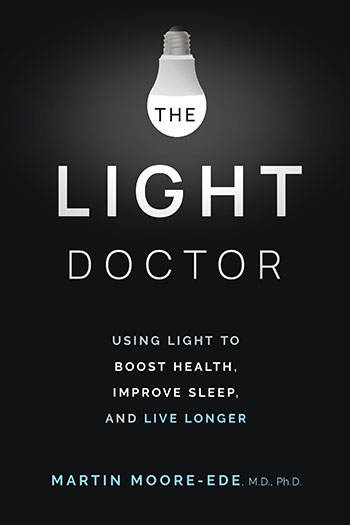Circadian Light Research Center urges much-needed action now
Many industries have been confronted with inconvenient truths about newly discovered harmful effects of their products or business practices, and lighting is no different. For years, scientific evidence has pointed to the harmful effects of blue-LED light at night – including obesity, diabetes, depression, and cancer. Yet the lighting industry has not faced up to the challenge. Fewer than 0.5% of lights sold today protect circadian health by altering their blue content across day and night.
In Industry Has What It Takes to Standardize Circadian Lighting published in LEDs Magazine
recently, Dr. Martin Moore-Ede comments that when faced with convincing evidence that their
products are harmful to human health, industry responses typically fall into three categories:
- Denial — with or without denigrating those who raise health concerns.
- Acknowledge but ignore — stating that the data is inconclusive and needs further
research. - Accept — and proactively develop a solution or replacement and communicate it
effectively.
“The first two responses may be perfectly reasonable if the data is limited or questionable.
However, if pursued too far, such strategies can result in asbestos-scale liabilities or draconian
regulations, if the scientific community broadly agrees a health hazard exists, but is
subsequently ignored,” said Martin Moore-Ede, director of the Circadian Light Research Center.
“Now is the critical moment when the lighting industry needs to step up and take action. The
$100 billion global lighting industry should minimize its liability by smoothly transitioning to
circadian-modulated lighting to protect end-user health and wellbeing.”
A recent survey by the Circadian Light Research Center of 248 scientists, who have collectively
published 2,697 peer-reviewed scientific articles on circadian clocks and light, confirms that
human circadian clocks are highly sensitive to blue wavelengths, and exposure to insufficient
daytime blue-rich light and excessive blue-rich light at night, leads to many major health
disorders. The scientists strongly recommended that LED lights with high 460–495-nm blue
content should carry the warning label “may be harmful if used at night” and that lights used in
the evening (during the three hours before bedtime) should have as little blue content as
practically possible.
In the LEDs Magazine article, Dr. Moore-Ede made five recommendations to help the $100
billion global lighting industry minimize its liability by smoothly transitioning to circadian-
modulated lighting:
- Move quickly to contain the liability from the use of blue-rich LEDs at night.
- Hold hearings to bring in scientific expertise on the health issues.
- Translate the scientific input into actionable pragmatic conclusions.
- Draft an ANSI standard for the industry.
- Publish and commit to reexamine in five years.
“Clearly, the scientific community has reached a consensus on the need for circadian-
modulated lighting. Now it’s time for the lighting industry to harvest a commercial opportunity
and greatly limit future liability by creating and managing standards which incorporates circadian
modulated lighting before it’s too late,” adds Moore-Ede.
The development of blue-chip LEDs has revolutionized the lighting industry and enabled
enormous improvements in energy efficiency and product lifetime. From 1% market share in
2013, LED sales have grown to over 80% market share today. However, less than 0.5% of
these LED lights modify light intensity and blue content by time of day. While there is a need to
limit the use of blue-chip LEDs to daylight hours, the good news is that LED spectralengineering has enabled the development of white light with little or no blue content fornocturnal use.

